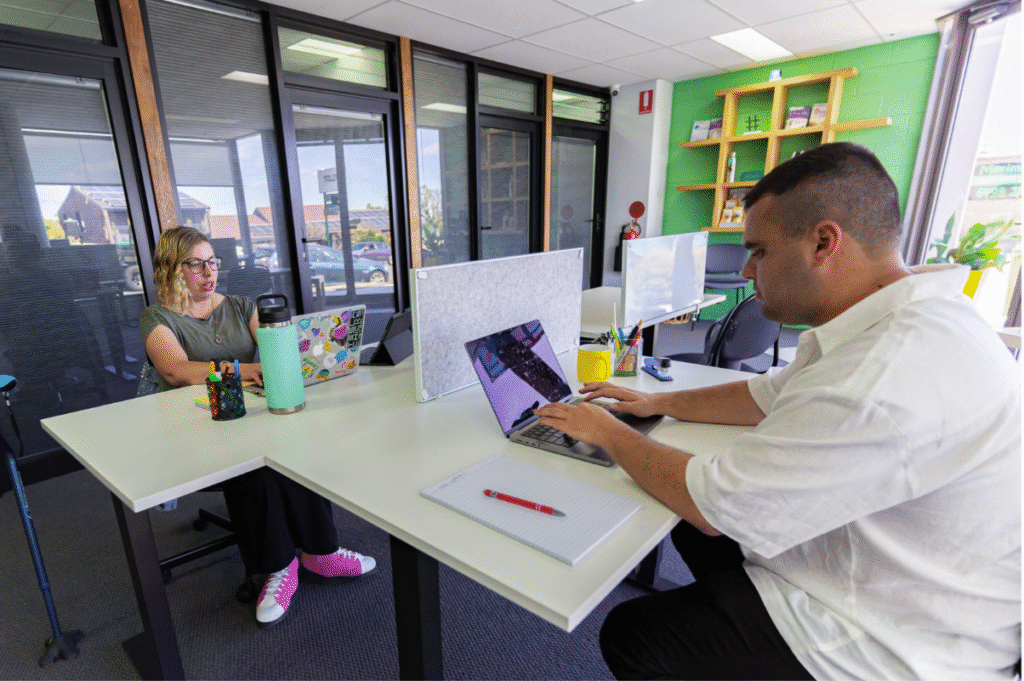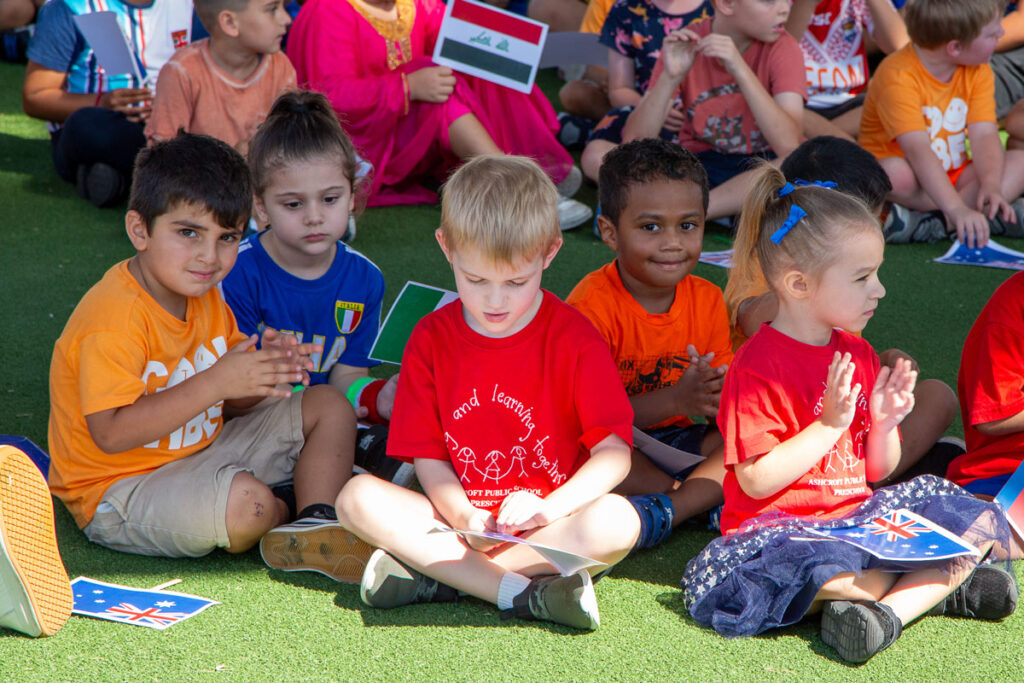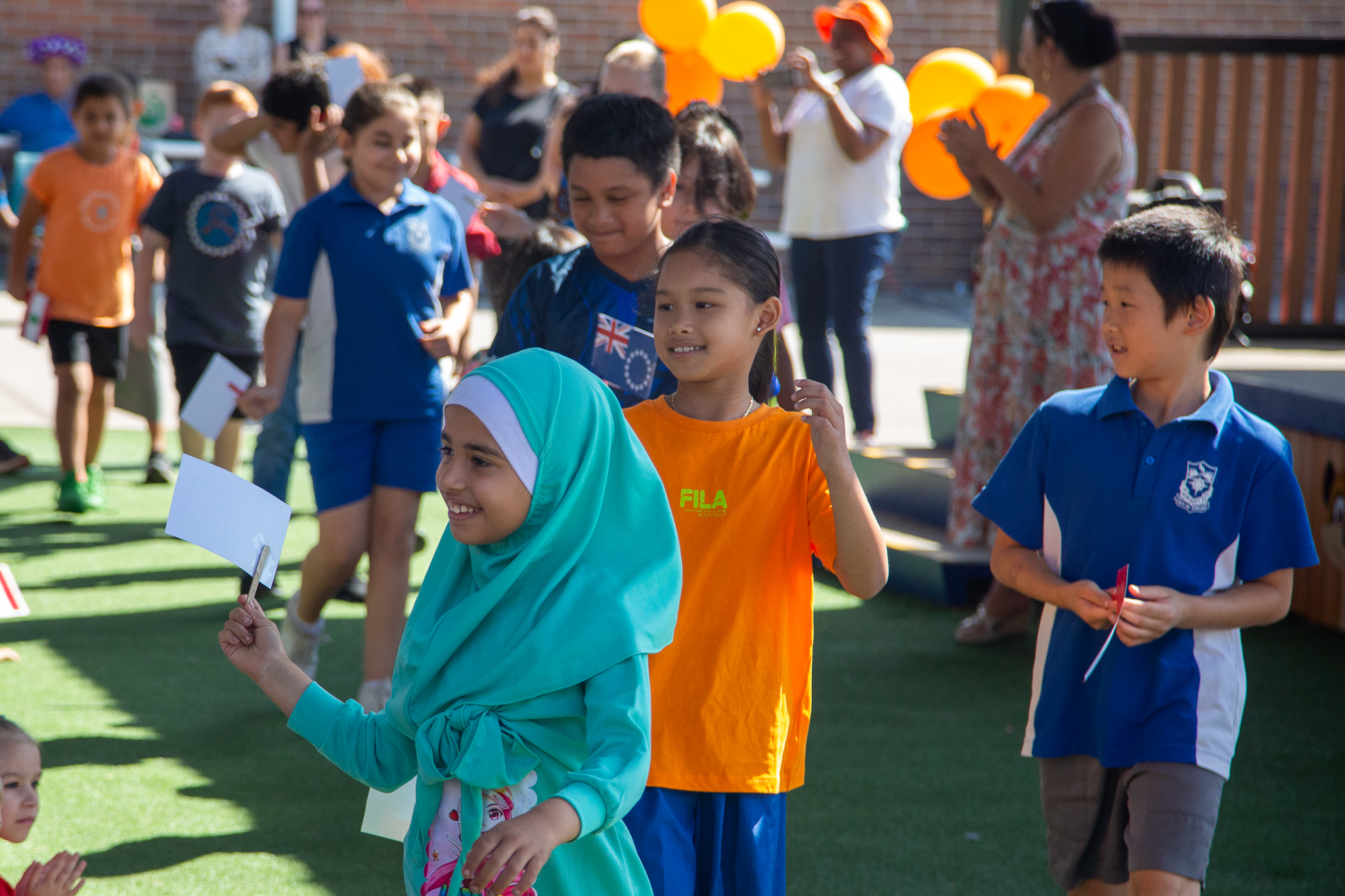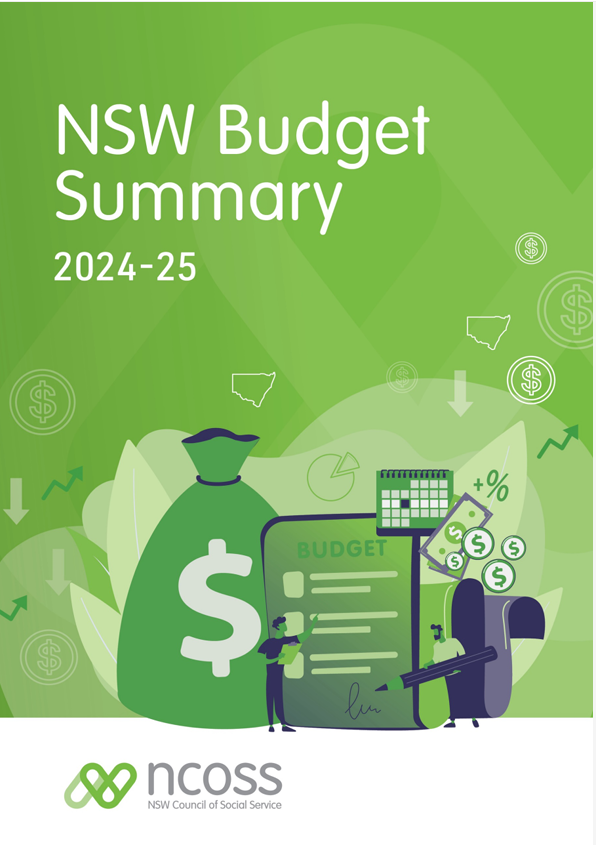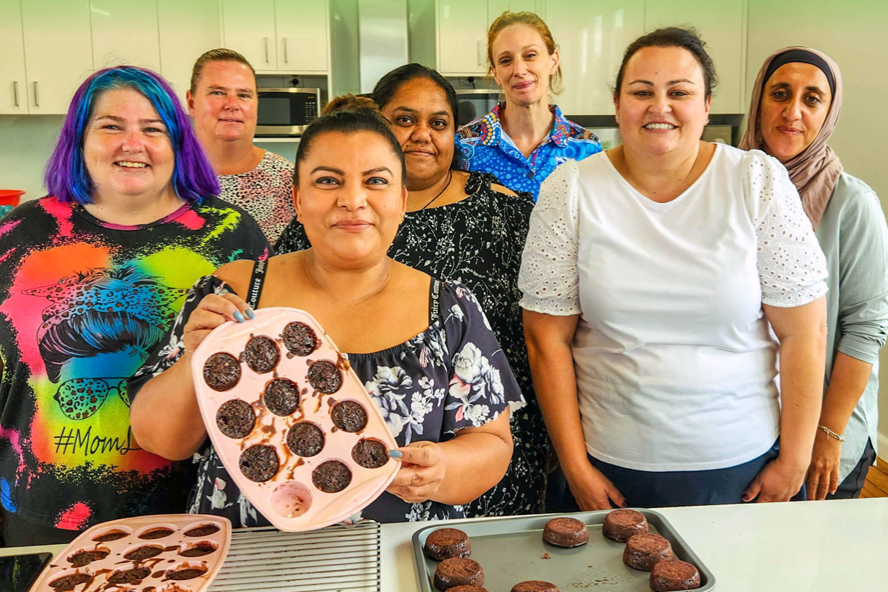The Challenge
In NSW, more than one in six children face the harsh reality of poverty, creating significant barriers to their educational achievement, future employment opportunities, and overall quality of life. This burden falls most heavily on First Nations communities, who continue to experience disproportionate disadvantage across health, education, and social outcomes, highlighting deep systemic inequalities.
The Facts
- Over 60% of children experience some poverty (29% regularly or frequently).
- 116,286 children and young people reported as at risk of significant harm, only 24,234 were seen by Department of Communities and Justice caseworkers. For the children who had their case closed, close to 40% were re-reported within 12 months.
- As of 30 June 2024, there was close to 14,000 children and young people in OOHC. Of these children, 45.1% were Aboriginal or Torres Strait Islander.
- The annual economic cost of child poverty in NSW is $60 billion. A third of this relates to education and employment.
- In March 2025, there were 229 young people in detention (up 4.6% from March 2024). Of these, 139 were First Nations, representing 60.7% of the youth detention population.
- Child poverty is the primary cause of an estimated 20% of reported criminal offences committed by children in Australia – equivalent to about 8,100 offences and about 3,700 offenders a year in NSW.
- It costs over $1 million a year to keep a young person in a NSW justice facility.
Our Position
To eliminate systemic barriers that prevent children and young people from reaching their full potential by advocating for comprehensive policy reform, increased investment in early intervention and prevention services, and the implementation of culturally responsive, community-led solutions.
Current Policy Priorities
Invest in supporting families before crisis hits
- Double the investment in early intervention and family preservation, prioritising funding for Aboriginal Community Controlled Organisations.
- Invest in wellbeing hubs within schools or hubs that are deeply connected with schools.
- Improve access to health and social services for children and their families by investing in Linker roles in regions with the highest concentrations of disadvantage in NSW.
Empowering First Nations communities
- Implement the Family is Culture blueprint, prioritising the following areas:
-
- Strengthening system accountability and oversight.
-
- Expediating the suite of legislative reforms.
-
- Significantly greater investment in early support and keeping families together.
-
- Embedding the Aboriginal Case Management. Policy and Practice Guidance.
-
- Embedding Indigenous data sovereignty.
Ensuring all children and young people can thrive
- Raise the age of criminal responsibility to at least 14 and invest to strengthen models that better support children to thrive outside of the criminal justice system.
- Develop and resource appropriate safety nets for people whose needs are not met through the NDIS and/or Foundational Supports.
